There was a slight flutter in Parliament last week when a female legislator was asked to withdraw from the Chamber because her dress was “inappropriate”. The MP in question, Batticaloa district lawmaker Tangeswari Kathirgaman, was wearing a shalwar kameez, in violation of the Parliament dress code, which requires that female legislators be attired in sari or religious attire.
 |
The attire that created
controversy |
When Ms. Kathirgaman entered the Parliament building last Thursday, she was told her attire was not acceptable for the Chamber, but she proceeded anyway into the Chamber where the Deputy Sergeant at Arms Narenda Fernando asked her to withdraw, which she promptly did.
The Tamil National Alliance (TNA) MP told The Sunday Times that she had recently undergone a kidney operation and that she found it difficult to wear a sari, and had therefore chosen to wear a shalwar kameez instead; unaware of the House rules prohibiting such attire.
“I went to India last month for an operation,” she said. “I was keen to attend the Thursday sittings because I did not want to cause any inconvenience to my fellow TNA legislators by taking further leave from Parliament, especially after the government had said it may not extend leave for certain TNA MPs. Because I would have to take medical leave again, I wanted to have my attendance marked that day.”
According to the Deputy Sergeant at Arms, all MPs are briefed on the House dress code before they are sworn in as MPs. They attend a seminar on the dress code and are given a booklet detailing the code.
“If an MP, for whatever reason, wants to come in different attire, he or she must first inform the Speaker, and the matter is then put to the House Committee before permission is given.”
In 1973 the House Committee revised the dress code for male MPs to allow national dress, lounge suit, tunic collar shirts and religious attire, including the fez for Muslim MPs.
Male MPs are expected to wear white, cream or sober-colours. Women MPs are expected to wear sari or religious attire, and are not restricted in their choice of colours.
The dress code applies to visitors to the VIP gallery. Foreign female visitors should be in smart Western-style attire.
The code is less strict for visitors to the public galleries, but “appropriate dress” is expected.
The Parliament House Committee, headed by the Speaker, advises on security, compliance with House rules, and matters of convenience for members.
|
 |
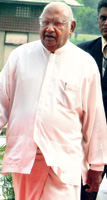 |
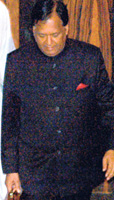 |
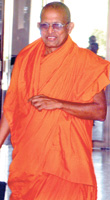 |
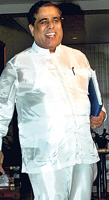 |
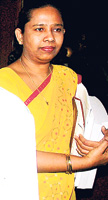 |
 |
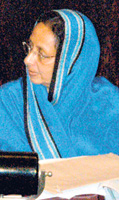 |
 |
|
| Different attire worn in Parliamnet |
|












